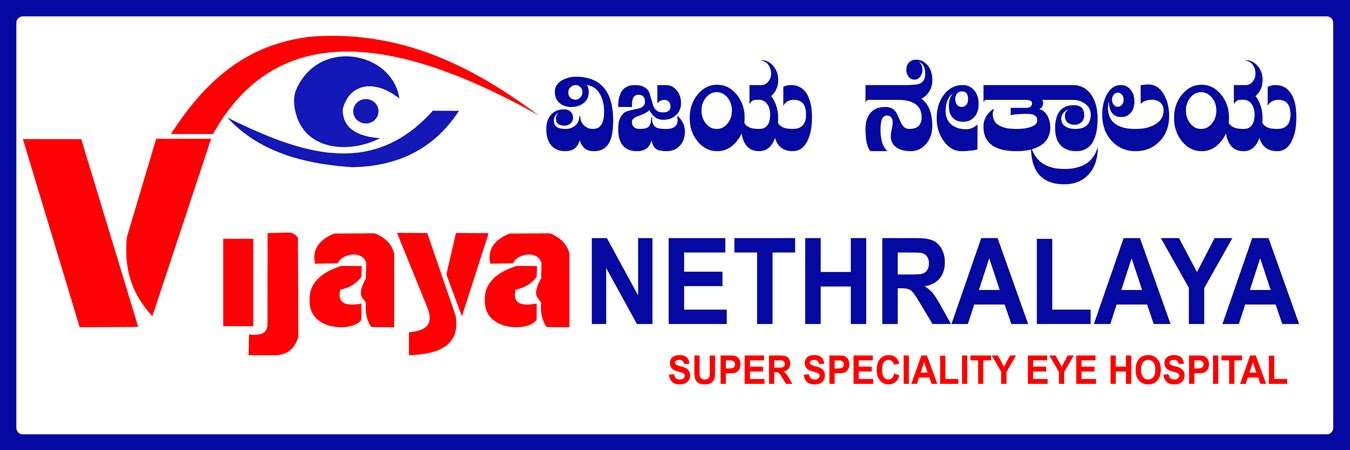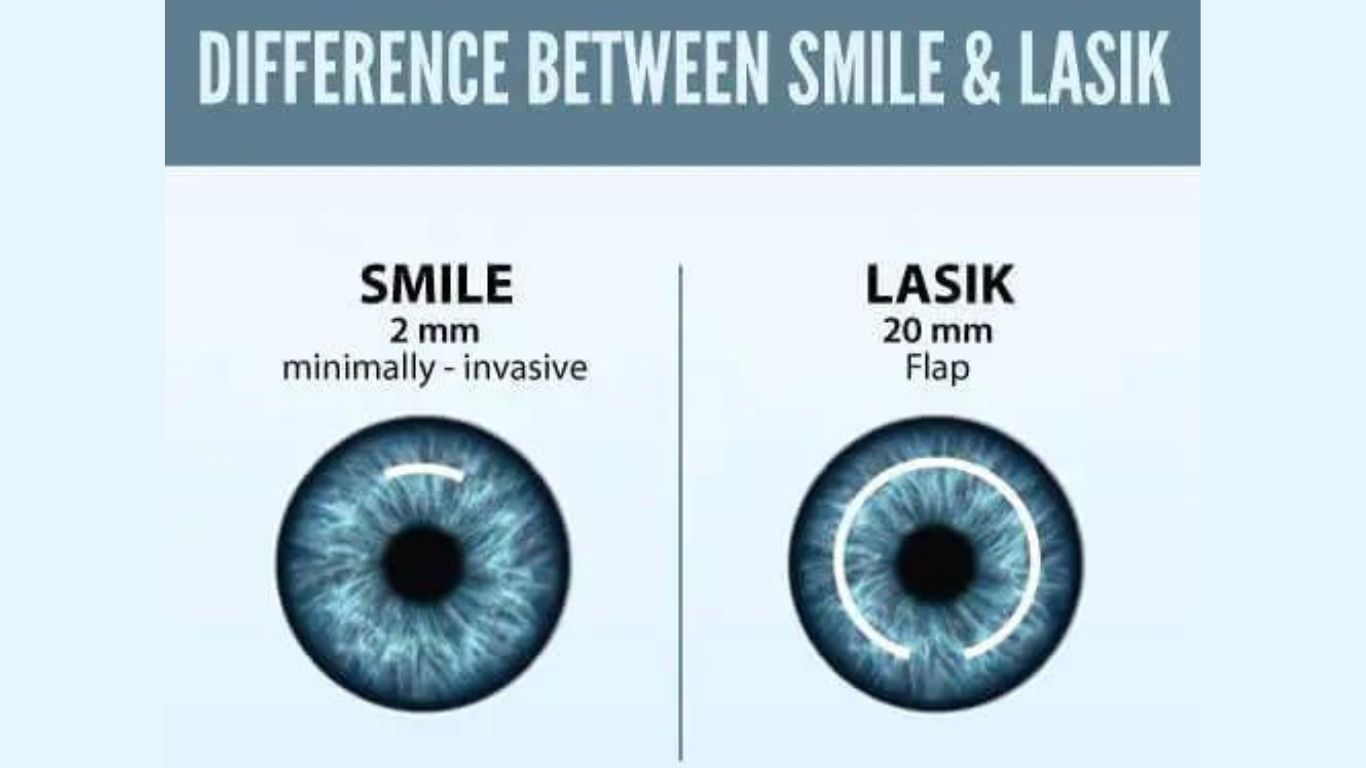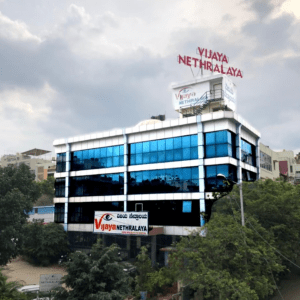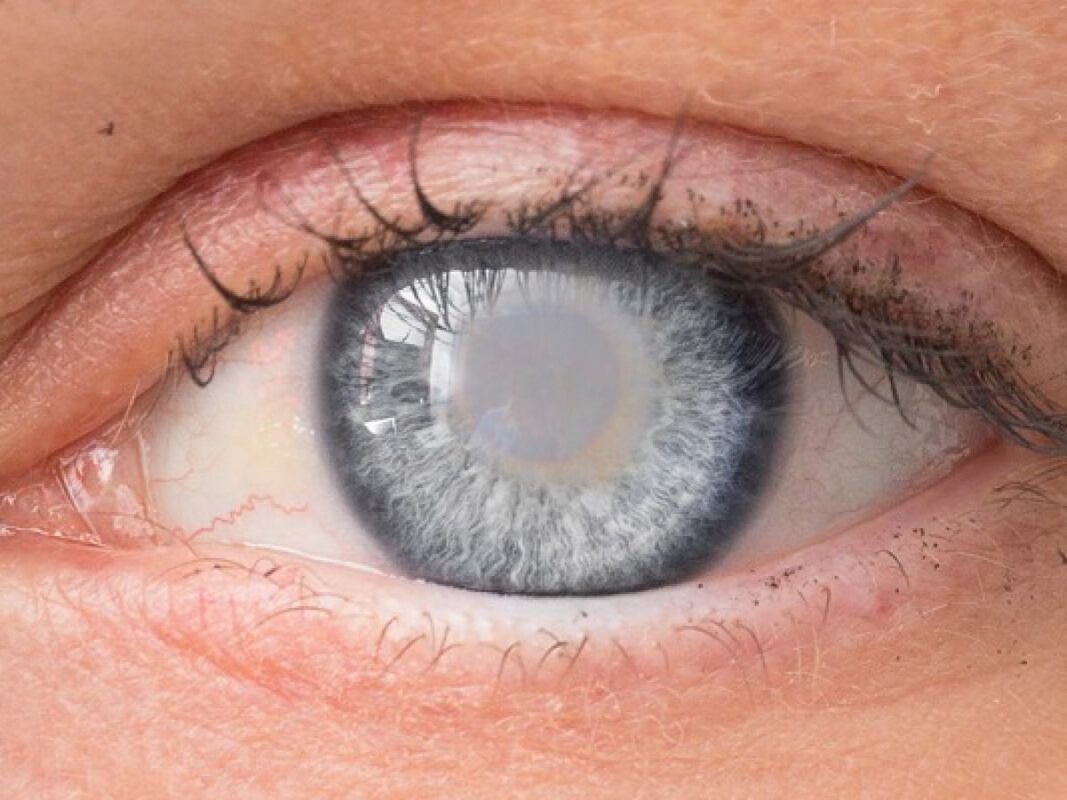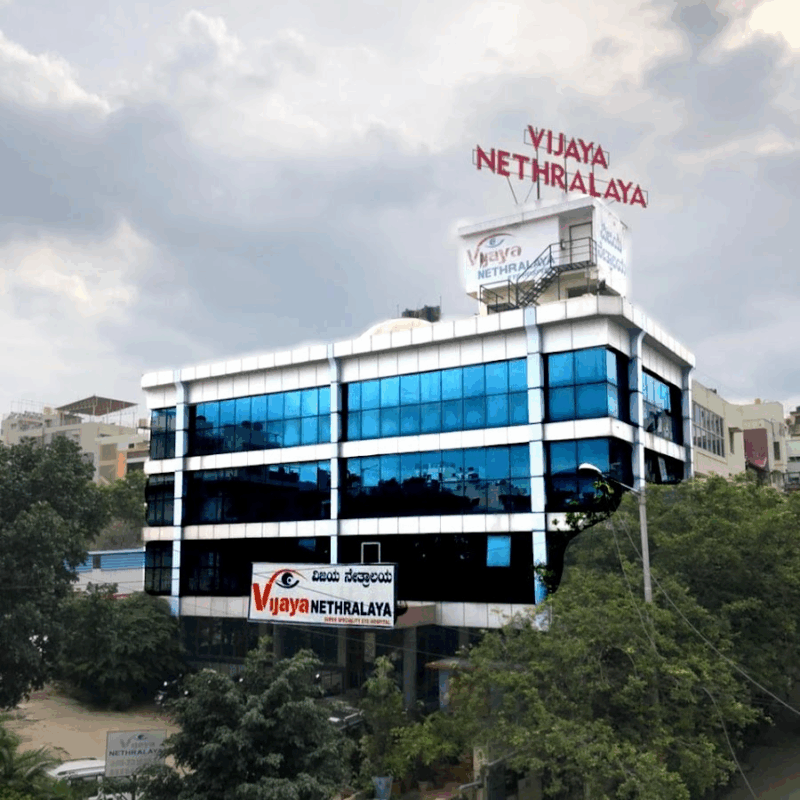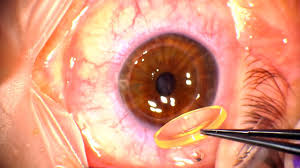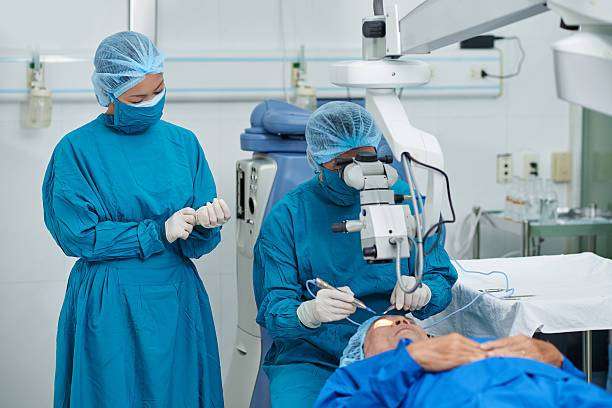Introduction:
Do you struggle with blurry vision or rely on glasses and contact lenses? laser eye surgery for eyesight If so, you might have considered corrective eye surgery. Thanks to medical advancements, these procedures are now safer and more effective than ever. In this guide, we’ll explore the latest corrective eye surgeries, their benefits, risks, and whether they’re the right choice for you.
Understanding Corrective Eye Surgery/ laser eye surgery for eyesight
Corrective eye surgery, also known as refractive surgery, is a procedure that helps to correct vision problems like nearsightedness, farsightedness, astigmatism, and presbyopia. It works by reshaping the cornea or replacing the eye’s natural lens to improve focus and clarity.
Common Vision Problems That Require Surgery
- Myopia (Nearsightedness): Difficulty seeing distant objects clearly.
- Hyperopia (Farsightedness): Trouble focusing on close-up objects.
- Astigmatism: Blurred vision due to an irregularly shaped cornea.
- Presbyopia: Age-related difficulty in focusing on close objects.
Types of Corrective Eye Surgery
1. LASIK (Laser-Assisted In Situ Keratomileusis)
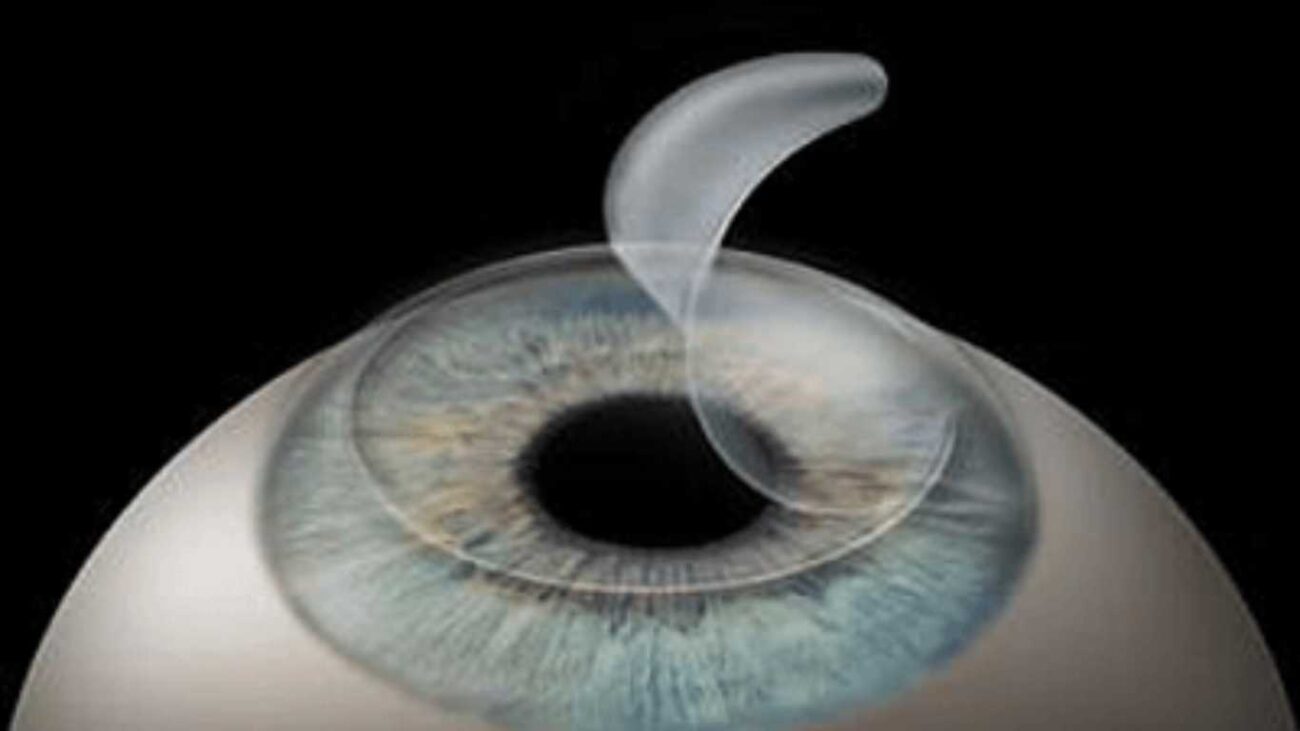
The most popular procedure, laser eye surgery for eyesight LASIK reshapes the cornea using a laser to improve focus. Recovery is quick, and results are often immediate.
2. PRK (Photorefractive Keratectomy)
Similar to LASIK but without a corneal flap, PRK is ideal for those with thin corneas for laser eye surgery for eyesight.
3. LASEK (Laser Epithelial Keratomileusis)
A combination of LASIK and PRK, LASEK is recommended for individuals with dry eyes or thin corneas.
4. SMILE (Small Incision Lenticule Extraction)
A minimally invasive surgery that uses a femtosecond laser to reshape the cornea with a small incision.
5. RLE (Refractive Lens Exchange)
Often used for presbyopia, RLE replaces the eye’s natural lens with an artificial intraocular lens (IOL).
6. ICL (Implantable Collamer Lens)
A permanent lens implant that corrects severe myopia without altering the cornea.
Latest Innovations in Corrective Eye Surgery:

- Wavefront-Guided LASIK: Customizes surgery based on your eye’s unique shape.
- Topography-Guided LASIK: Provides highly precise corneal reshaping.
- Femtosecond Laser Technology: Enhances accuracy and safety.
- Corneal Inlays: Helps correct presbyopia with a small lens implant.
- Artificial Intelligence: Improves precision and treatment planning.
Conclusion:
Corrective eye surgery continues to evolve, offering life-changing vision improvements. If you’re considering surgery, consult with an experienced ophthalmologist to explore your options. With modern advancements, achieving perfect vision has never been more accessible!
FAQs:
1. How long does it take to recover from LASIK?
Most patients recover within a few days, with full vision stabilization in a few weeks.
2. Is corrective eye surgery painful?
The procedure itself is painless due to numbing drops, but some discomfort may occur during recovery.
3. Can everyone get LASIK?
Not everyone is a candidate. Factors like corneal thickness, age, and eye health affect eligibility.
4. Are the results of eye surgery permanent?
In most cases, yes, but some people may need enhancements as they age.
5. What is the safest eye surgery?
LASIK and SMILE have high safety profiles, but suitability depends on individual factors.
